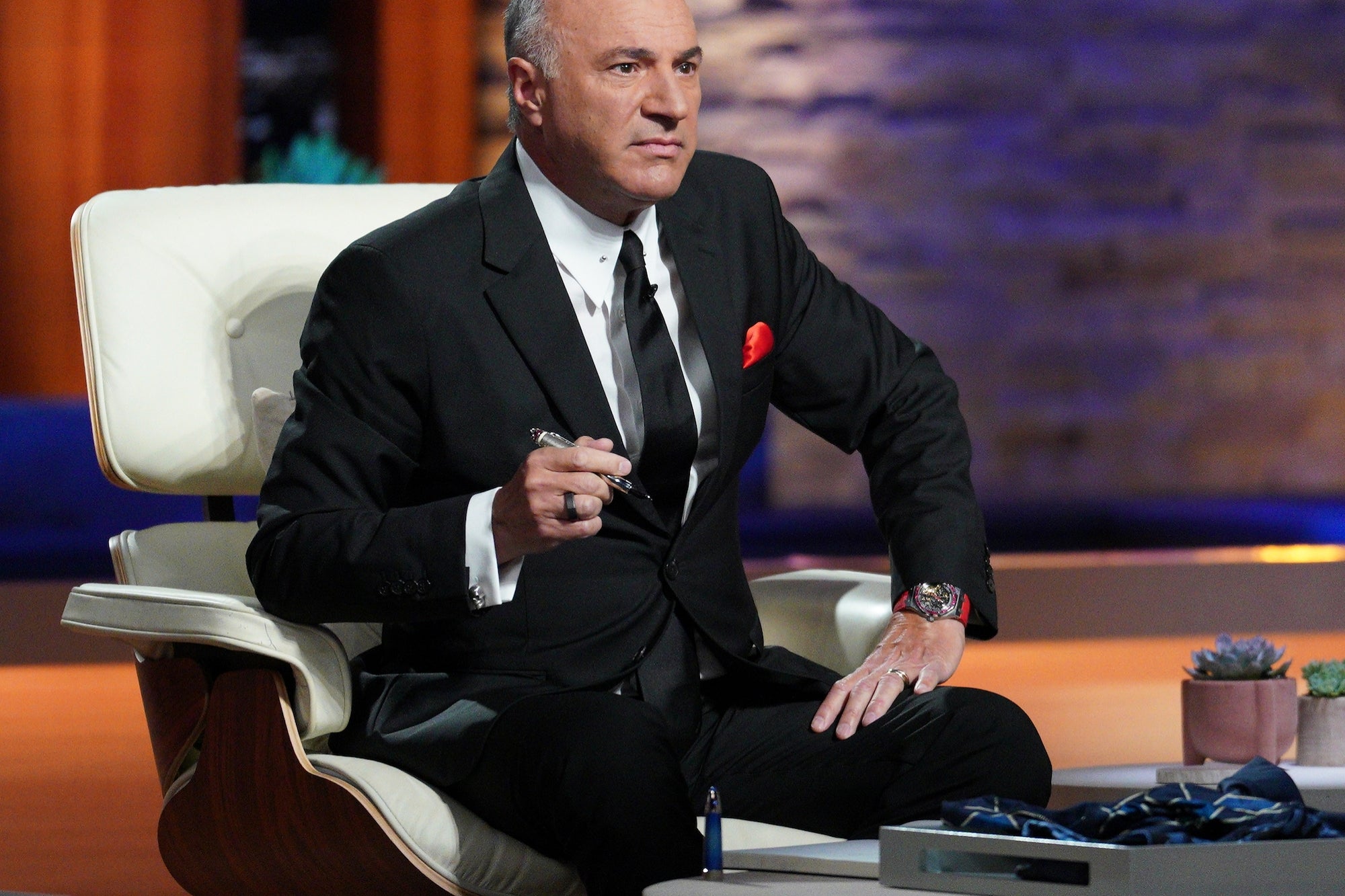Stepping Into Big Leadership Shoes? 3 Ways to Bring Your Own Pair. When I took over my father's company after his death, I realized the importance of making smart decisions and not trying to fit into someone else's shoes.
Opinions expressed by Entrepreneur contributors are their own.

PepsiCo's longtime CEO, Indra Nooyi, announced in early August her intent to step down from her 12-year post; the company's current president, Ramon Laguarta, will take her place. It's an old story -- the changing of the guard -- but a common one. And such transitions can work well, as long as the new person maintains tradition while, at the same time, shaking things up.
In PepsiCo's case, Nooyi praised her successor's "deep understanding of the changing preferences of consumers and other critical trends unfolding around the world." And that was an especially good sign, from my point of view.
The reason is that while filling old shoes and changing the guard on leadership is nothing new in the corporate world, this process has particular meaning for me: After founding and leading my family's company for more than 45 years, with passion and vision, my father passed away. I had little time to grieve before picking up the baton.
Related: These Tips Will Help Entrepreneurs Prepare the Next Generation for Family Business
Despite years of educating myself in a variety of industries, I was concerned. How would I get buy-in, to lead in directions that aligned with my father's yet were shaped by the current climate? How would I guide in a way that moved the cultural climate from "What would Dad do?" to "What will I do?"
During those pivotal moments, I realized just how crucial it was to make smart decisions and not attempt to fit into someone else's shoes.
Navigating the difficulties of taking the reins
It's never a piece of cake to accept the role of CEO. Looking back at that time when I officially took the reins, I recognize how important true authenticity was to my success.
For instance, when I first joined the company, in 2003, we were a smaller operation with less domestic and international distribution. I rebranded our entire line under the ECOS name, built a new executive-management team and expanded our manufacturing footprint. My father probably wouldn't have taken those extra steps, but in my view, they were critical for the brand's growth in an increasingly competitive landscape.
While I wanted the business to progress organically, I also felt the need to earn others' respect, to boost my own confidence and make progress happen. Fortunately, I already had long-standing relationships with external stakeholders. That high-level familiarity smoothed what could have been rough waters. Losing a partner when a brand is going through a transitional period can be difficult.
I started out by openly sharing my vision with my colleagues. Instead of encountering resistance, I encountered interest. What I learned from that experience was that conviction can be paramount in a leadership succession.
Augmenting a company's legacy
Are you on the heels of changing your own brand's legacy journey? These steps you take today will shape your company's tomorrow.
1. Get your hands -- and feet -- dirty.
Don't just look at your predecessor's shoes: Try them on before casting them aside. Whether you're inheriting a leadership role or being brought in from the outside, capitalize on the time you have with your predecessor. Get to know the business inside and out, especially if you came from another space. Mentorship from the person you're replacing or from other executives will give you a 360-degree panoramic view of your corporation.
Related: How to Successfully Prepare Your Family Business for the Next Generation
This type of hands-on transition seems to be what Nintendo president Shuntaro Furukawa received when former president Tatsumi Kimishima announced his impending retirement. Kimishima said he planned to educate his younger apprentice for the rigors of the job. At the same time, Kimishima acknowledged in a Wall Street Journal piece that he hoped Furukawa would use his personal skill set to bring fresh audiences and monetization platforms to the company.
2. Make your voice heard.
You were selected for a reason, so have confidence in who you are. You don't have to know everything; you just have to be willing to learn. Assuming that your predecessor was so successful you could never do better limits your power. Remind yourself that you've been entrusted to own your decisions.
When Marvin Ellison took over as president and CEO of Lowe's, he didn't operate with a "business as usual" mindset. He brought his trademark innovation to the home improvement store, restructuring its hierarchies, and changing its infrastructure. His choices surprised no one who knew his history; Ellison had done same thing when he reimagined JCPenney. In fact, those who hired him likely had this in mind.
3. Lean on your outside expertise for guidance.
I had worked for a number of organizations, not just our family business. Chances are strong that you have, too. So draw inspiration and resources from those experiences. Develop a strong network of peers to help you continue leading with strength.
Related: 6 Crucial Things to Do in Your First 100 Days in a New Leadership Role
For instance, I joined YPO (formerly known as the Young Presidents' Organization), which was founded by a young man who similarly took over his family's company. YPO fosters discussions among like-minded business leaders, enabling us to learn from our own -- and others' -- mistakes and successes. Having a supportive community you trust ensures you aren't surrounded by "yes" people, but instead by those willing to give honest feedback and guidance.
It takes more than a modicum of courage to comfortably fill the shoes of a beloved leader. Yet you wouldn't be in the CEO's chair if you weren't up to the challenge. Keep your predecessor's shoes in mind, but wear the footwear of your choice.









